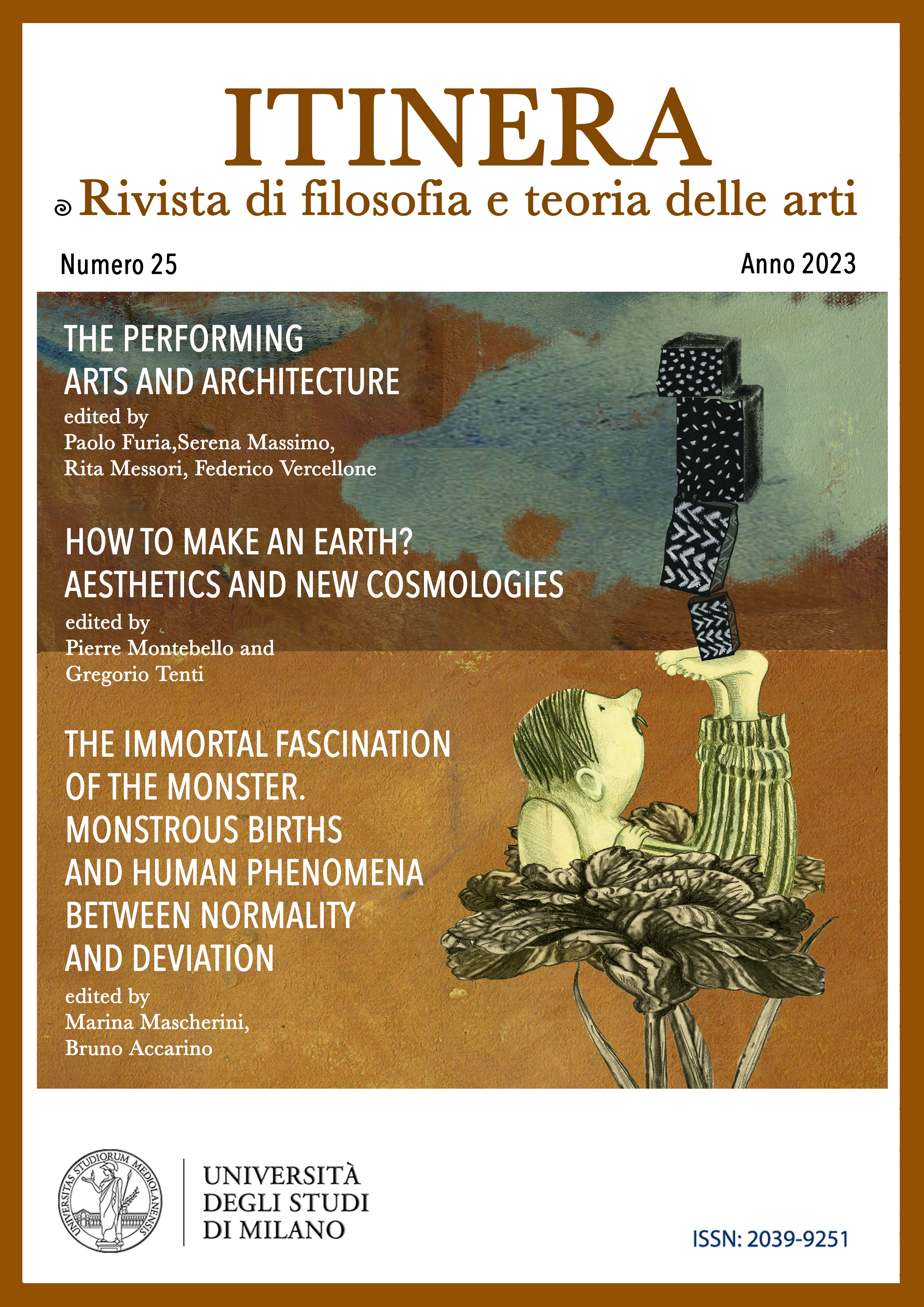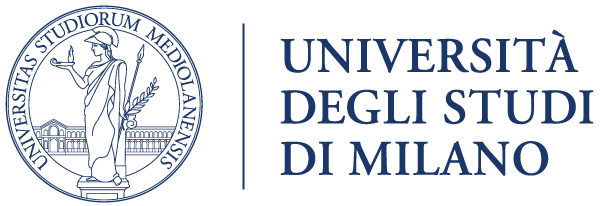La zona d’ombra della teratologia. Un excursus sull’ermafrodito
DOI:
https://doi.org/10.54103/2039-9251/20833Parole chiave:
monster, irregularity, exclusion, abnormalAbstract
This work focuses on a particular figure of the monster: the hermaphrodite who has been considered significant since ancient times. In Middle Ages, the hermaphrodites were executed because of their deformity. This attitude changed later on and they started to be condemned as perverts. During the XIX century, Teratology wanted to include them in a monsters’ classification but the scientists found this work very difficult because they were influenced by novelists who considered the hermaphrodite a perfection’s emblem. In this case, it’s important to underline that Balzac and Hugo wrote about “double” monsters. It means that Balzac talked about people who were both male and female, while Hugo talked about characters with both dark and sublime soul. Balzac in particular considered the androgyne perfect because he didn’t show significant differences. So, this essay wants to analyze the debates about hermaphrodite and its doubleness.
Riferimenti bibliografici
Bibliografia:
Benadusi, L., Dalla paura al mito dell’indeterminatezza. Storia di ermafroditi, travestiti, invertiti e transessuali, in E. Ruspini, M. Inghilleri (a cura di), Transessualità e scienze sociali: identità di genere nella postmodernità, Liguori, Napoli 2008, pp. 18-48.
Bertolini, M., Mostri e deformazioni sociali nell'opera di Balzac: il caso Sarrasine, in “Aesthetica Preprint”, 96, 2012, pp. 23-30.
Foucault, M., Canguilhem. Il filosofo dell’errore, trad. it. di P. Rossi, in Quaderni piacentini, FAE riviste, Milano 1984.
Mazzocut-Mis, M., Mostro. L’anomalia e il deforme nella natura e nell’arte, Guerini, Milano 2013.
Mazzocut-Mis, M., Classificare i mostri: Isidore Geoffroy Saint-Hilaire e la tassonomia teratologica, in “Aestetica Pre-Print”, 96, 2012, pp. 9-14.
Platone, Simposio, trad. it di G. Reale, Bompiani, Firenze 2017.
Schettini, L., Un sesso che non è un sesso: medicina, ermafroditismo e intersessualità in Italia tra Otto e Novecento, in “Genesis”, XI/1-2, 2012, pp. 19-40.
Tort, P., Le mixte et l’Occident, in Id. La raison classificatoire, Aubier, Parigi 1996.
Dowloads
Pubblicato
Versioni
- 2023-10-20 (2)
- 2023-08-08 (1)
Fascicolo
Sezione
Licenza
Copyright (c) 2023 Caterina Tortoli

Questo lavoro è fornito con la licenza Creative Commons Attribuzione - Condividi allo stesso modo 4.0.
Gli autori che pubblicano su questa rivista accettano le seguenti condizioni:
1. Gli autori mantengono i diritti sulla loro opera e cedono alla rivista il diritto di prima pubblicazione dell'opera, contemporaneamente licenziata sotto una Licenza Creative Commons - Attribuzione - Condividi allo stesso modo 4.0 internazionale che permette ad altri di condividere l'opera indicando la paternità intellettuale e la prima pubblicazione su questa rivista.
2. Gli autori possono aderire ad altri accordi di licenza non esclusiva per la distribuzione della versione dell'opera pubblicata (es. depositarla in un archivio istituzionale o pubblicarla in una monografia), a patto di indicare che la prima pubblicazione è avvenuta su questa rivista.
3. Gli autori possono diffondere la loro opera online (es. in repository istituzionali o nel loro sito web) prima e durante il processo di submission, poiché può portare a scambi produttivi e aumentare le citazioni dell'opera pubblicata (Vedi The Effect of Open Access).





